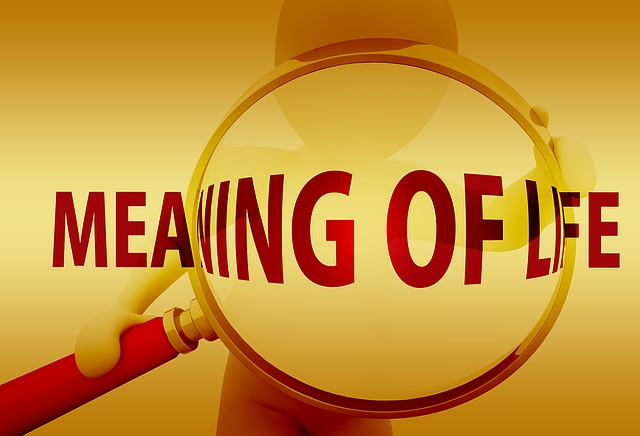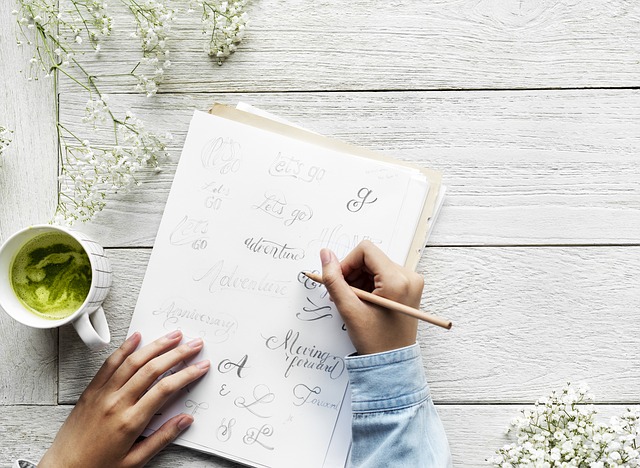Viktor Frankl, a survivor of four years in German concentration camps, wrote a landmark book, Man’s Search for Meaning. In the book he argues that our most fundamental drive is a search for meaning rather than a search for pleasure. He demonstrated in his life in the concentration camp and through his research, that while suffering is an integral part of life, we can find meaning in it. Subsequent research has confirmed that searching for meaning and pursuing meaningful actions develops personal well-being.
Joaquín García-Alandete, writing in The European Journal of Counselling Psychology (2015), reported the results of his research that demonstrated that the relationship between meaning in life and psychological well-being was significant. Michael Steger and colleagues found in their research that the search for meaning is present in all stages of life and that realising meaning in life contributed to well-being. Conversely, the absence of meaning in the latter stages of life contributed to a reduced sense of well-being.
Dr. Paul Wong maintains that meaning contributes to well-being by enhancing positive feelings, reducing depression and building hope and resilience in the face of adverse and stressful circumstances. Michael Steger and Joo Yeon Shin argue that happiness and meaning become more imperative in our technological age characterised by an anxiety epidemic, choice overload, constant demand for adaption and an ever-increasing pace of life.
Making meaning- aligning our actions with what is meaningful for us
The search for meaning alone does not guarantee well-being. Dr. Pninit Russo-Netzer found in her research that the key to well-being was prioritizing meaning within our lives. This ultimately means doing things that align with our purpose in life and that give meaning to our life.
Achieving insight into our life’s purpose and realising alignment through our actions is a lifetime pursuit that is aided by mindfulness. Pninit suggests that as we develop self-awareness, we can reflect on our action choices and test them for alignment with our values and their impact on our well-being … and make appropriate adjustments.
Pninit argues that our simple everyday actions can be the pathway to well-being because they enable us to cultivate meaning in our lives on a daily basis. We can effectively build meaning into our lives by giving priority to aligning our choices with our values and life purpose. Just the simple, conscious act of building a collage of meaningful photos can reinforce what matters to us, build a renewed sense of purpose and increase our energy for prioritizing meaning in our lives.
Dr. Paul Wong maintains that it is not enough to believe our life is meaningful and then indulge in a lifestyle that does not contribute value to society in a way that is unique to ourselves, to our core knowledge and skills. A life that consists solely in the individual pursuit of pleasure and or power is wasteful and is devoid of meaning – a reality that is born out daily in the lives of celebrities in the fields of sport, cinema and music.
As we grow in mindfulness through a focus on our purpose and what is meaningful in our life, we can achieve a sense of well-being that assists us to live more fully and to deal with the ups and downs of life. Mindfulness meditation and reflection enable us to assess the alignment between what we value and what we do – to determine how well we are prioritizing meaning in our life. These mindful activities help us to deepen our sense of meaning – and consequent well-being – through our everyday activities.
____________________________________________
Image by Gerd Altmann from Pixabay
By Ron Passfield – Copyright (Creative Commons license, Attribution–Non Commercial–No Derivatives)
Disclosure: If you purchase a product through this site, I may earn a commission which will help to pay for the site, the associated Meetup group and the resources to support the blog.









